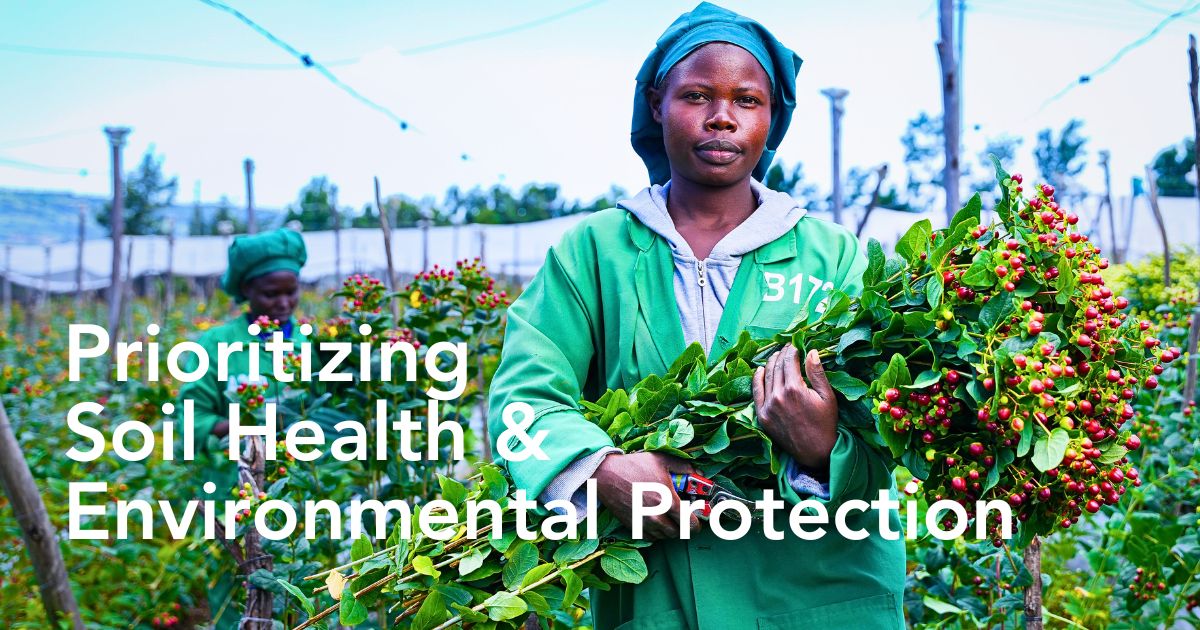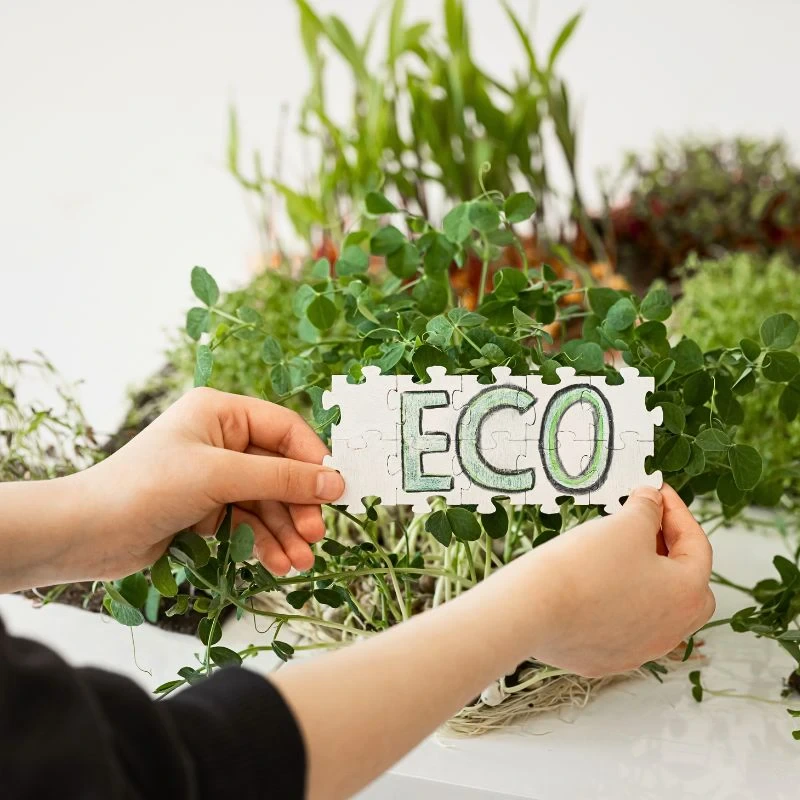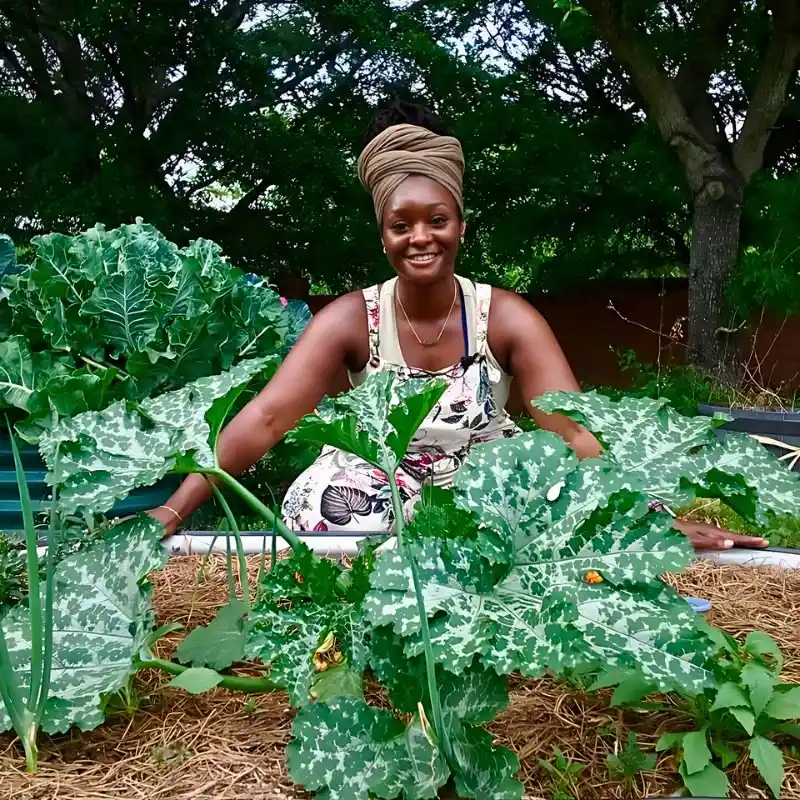While significant gains have already been made in the context of sustainability in the floriculture industry, it still contends with the need to balance productivity with environmental management. With the growing consumer awareness, standards and regulatory frameworks continue to tighten, meaning growers across the global flower-growing regions are turning to strategies that boost the industry’s sustainability score.
Integrated nutrient management (INM) is one of those strategies. It is one of the building blocks of sustainable floriculture systems. This approach represents a paradigm shift from the conventional, often high-input practices toward a more balanced, ecologically sound cultivation model that maintains productivity while at the same time preserving natural resources.
Integrated Nutrient Management in Floriculture Context
Integrated nutrient management is all about the maintenance of soil health and fertility and plant nutrient supply at optimal levels for sustaining desired crop productivity through the strategic combination of organic, inorganic, and biological nutrient sources. It aims to balance nutrient inputs with the needs of the plants, avoiding both deficiencies and excesses. Its comprehensive adoption, in turn, leads to improved crop productivity and reduced environmental impact.
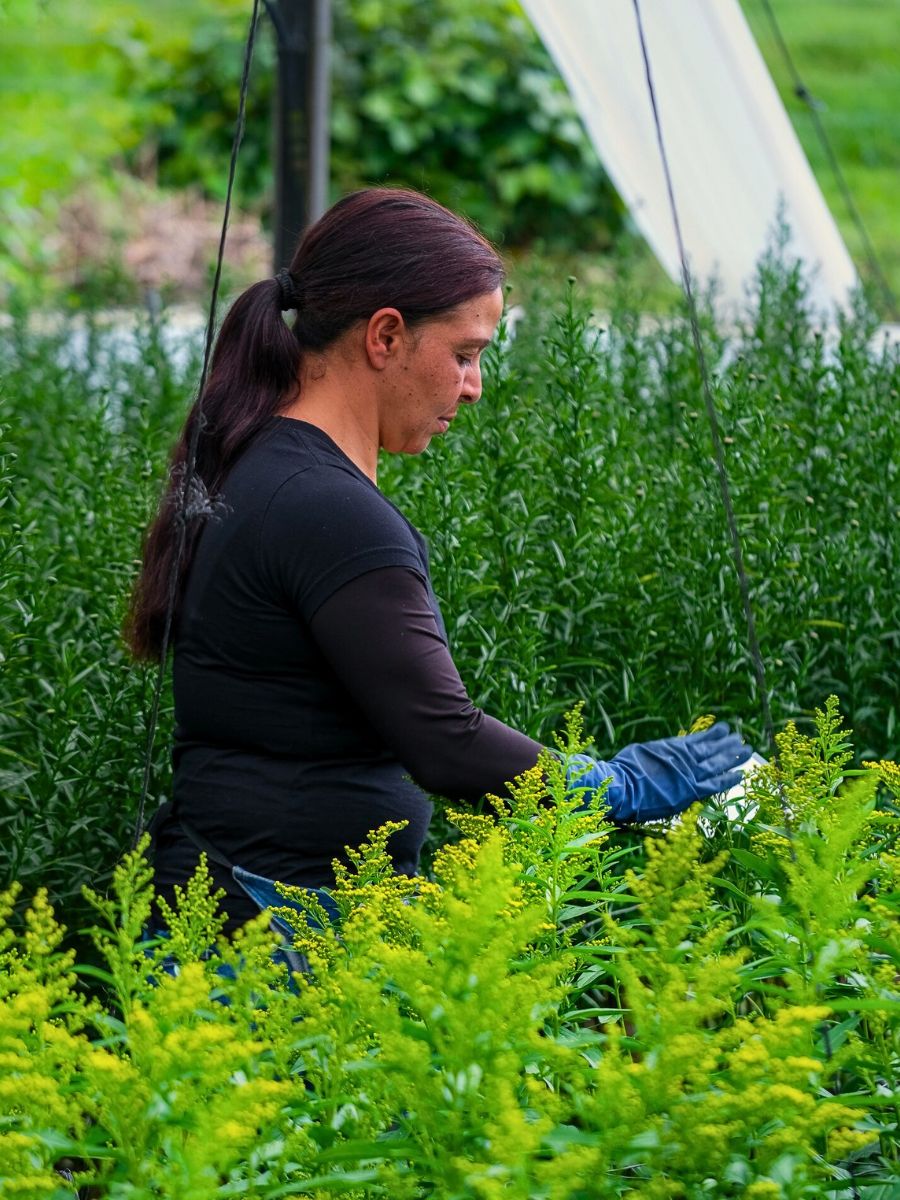
In the context of floriculture, it represents the all-inclusive approach that considers the specific nutrient requirements of flowers and flowering plants while prioritizing soil health and environmental protection. The Food and Agriculture Organization (FAO) defines the Integrated Plant Nutrient System as ‘the management and conservation of natural resource base and the orientation of technological and institutional agencies in such a manner as to ensure the attainment and continuing satisfaction of human needs for the present and future generations.’
For flower crops, which are high-value horticultural commodities with equally significant export potential, INM offers a balanced approach. It addresses both immediate productivity needs and long-term sustainability concerns. The continuous use of chemical fertilizers has been linked to soil degradation and gradual reduction in flower yield and quality, particularly affecting the fragrance of some flowers, which is often an important attribute in the marketplace.
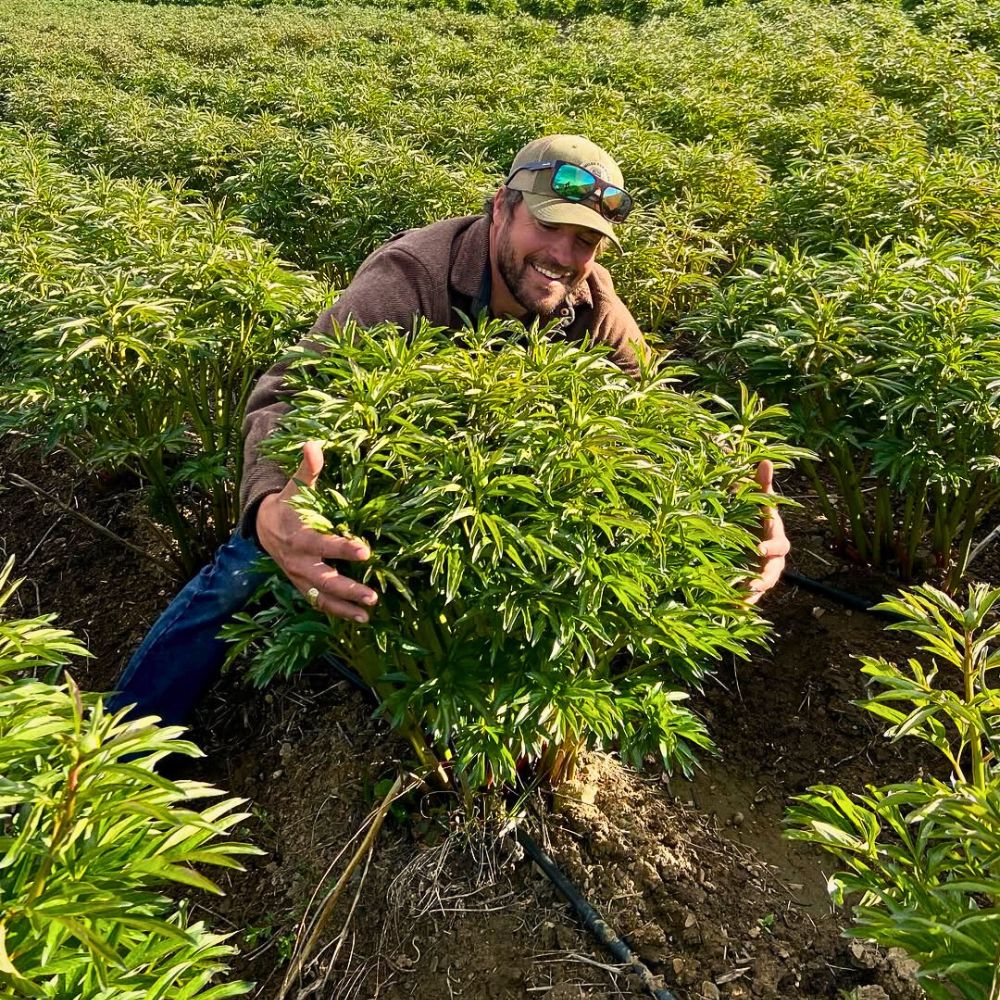
Implementing this approach in floriculture, therefore, involves the judicious combined use of chemical fertilizers, organic manures (including crop residues, vermicompost, green manures), and biofertilizers in specific farming systems to achieve particular yield and quality targets. This approach is particularly essential for bulbous and tuberous flower plants like Gladiolus, lilies, tuberose, tulips, and dahlia, which form a significant segment of the global flower market.
INM Components and Implementation Framework in Sustainable Floriculture
An integrated nutrient management approach in a sustainable flower industry recognizes the interconnectedness of soil, plant, and environment. Its framework for floriculture comprises several interrelated components.
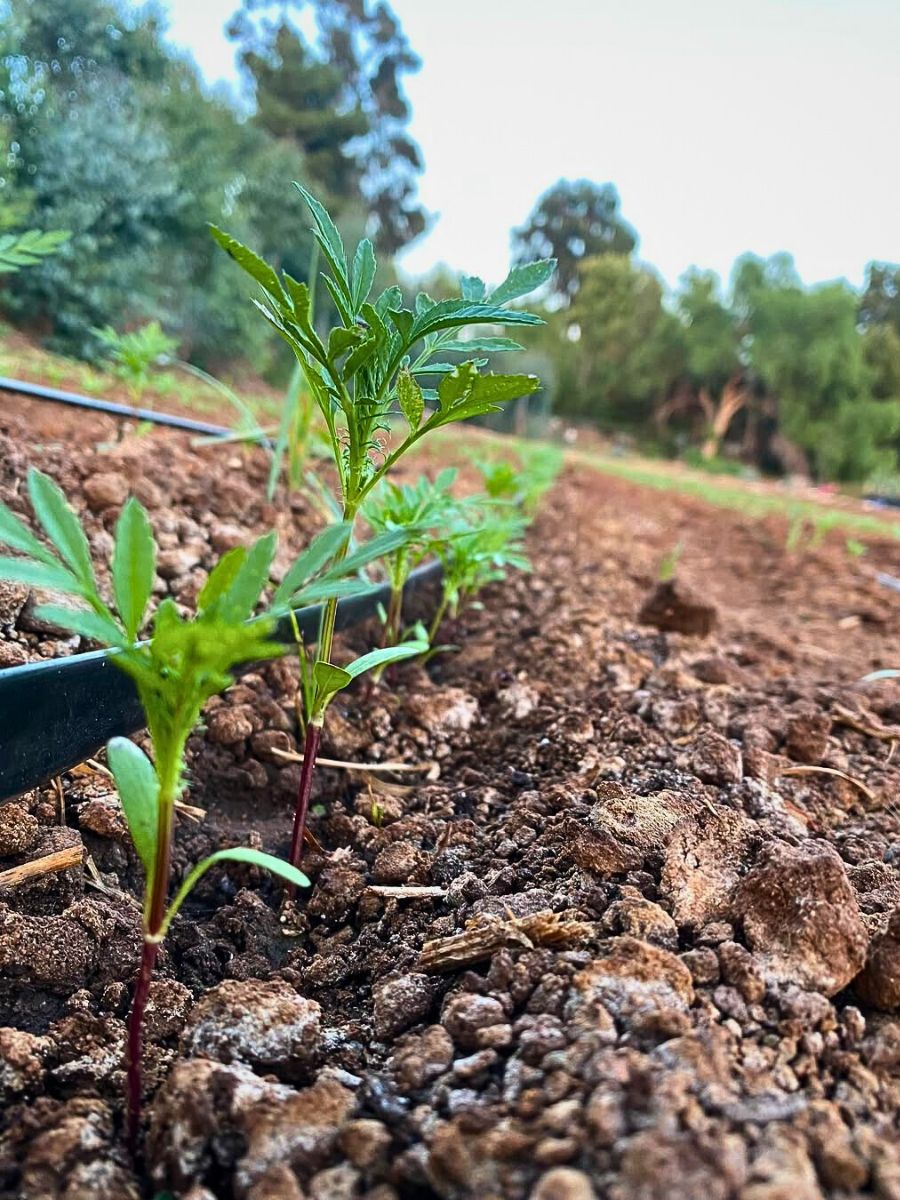
On-site Resource Generation
This involves recycling crop residues, animal manure, and other organic materials available within the farm ecosystem. For flower farms, this might include composting unsold or damaged flowers, stems, leaves, and other plant parts to create nutrient-rich organic amendments.
Mobilization of Off-Site Nutrient Resources
This component entails the strategic use of chemical fertilizers and other external nutrient sources to supplement on-farm resources. In floriculture operations, this might involve precision application of specialized fertilizers to meet the specific nutritional requirements of different flower species and varieties.
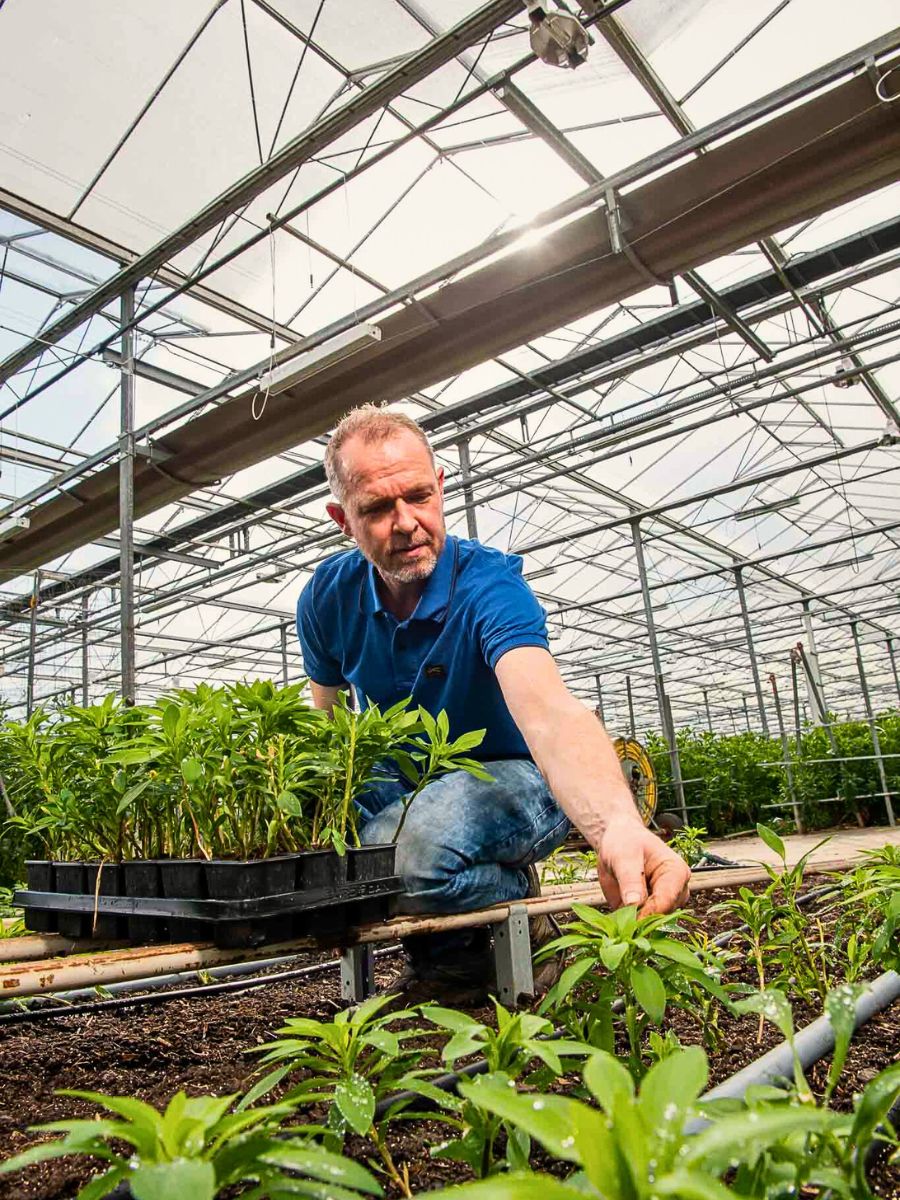
Resource Integration
The diverse nutrient sources must be appropriately integrated to enhance overall productivity and sustainability. For flower growers, this means developing crop-specific nutrient management plans that combine organic amendments, inorganic fertilizers, and biological inputs in optimal proportions.
Resource Management
All nutrient sources must be managed efficiently to maximize benefits while minimizing environmental impacts. In the floriculture context, this translates to precision application technologies, regular soil testing, and continuous monitoring of plant nutrient status.
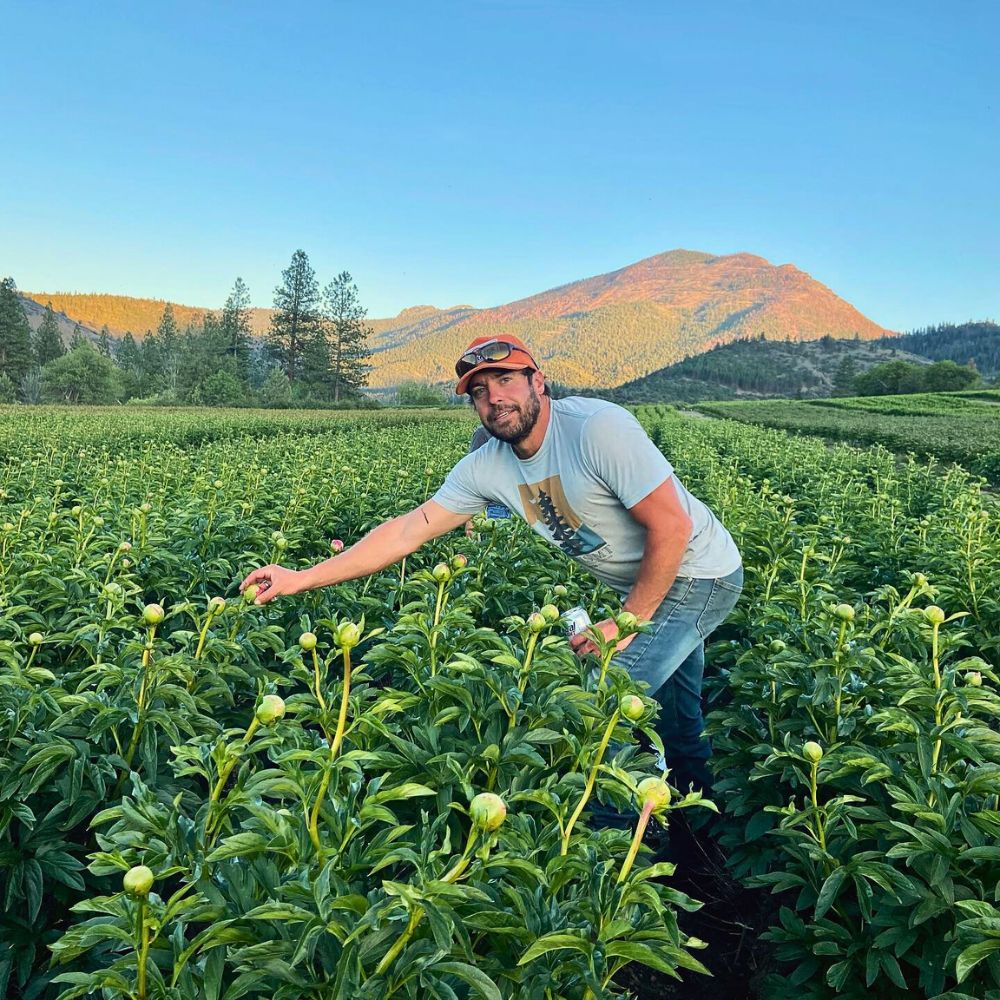
Scientific Evidence Supporting INM in Floriculture
Continued research has shown the significant benefits of INM for flowers. A comparative study between Chemical Nutrient Management (CNM) and INM in Chrysanthemum cultivation revealed remarkable improvements in plant performance with the INM approach. The study found that compared to CNM, the application of INM (using a combination of 50% recommended chemical fertilizers plus organic nitrogen fertilizer, seaweed extract, and a microorganism consortium) significantly increased yield and quality at harvest across different metrics. The root system also showed significant improvements under INM treatment, with increases in length, volume, projected area, surface area, tips, forks, and crossings, all of which contribute to better nutrient uptake efficiency and overall plant health.
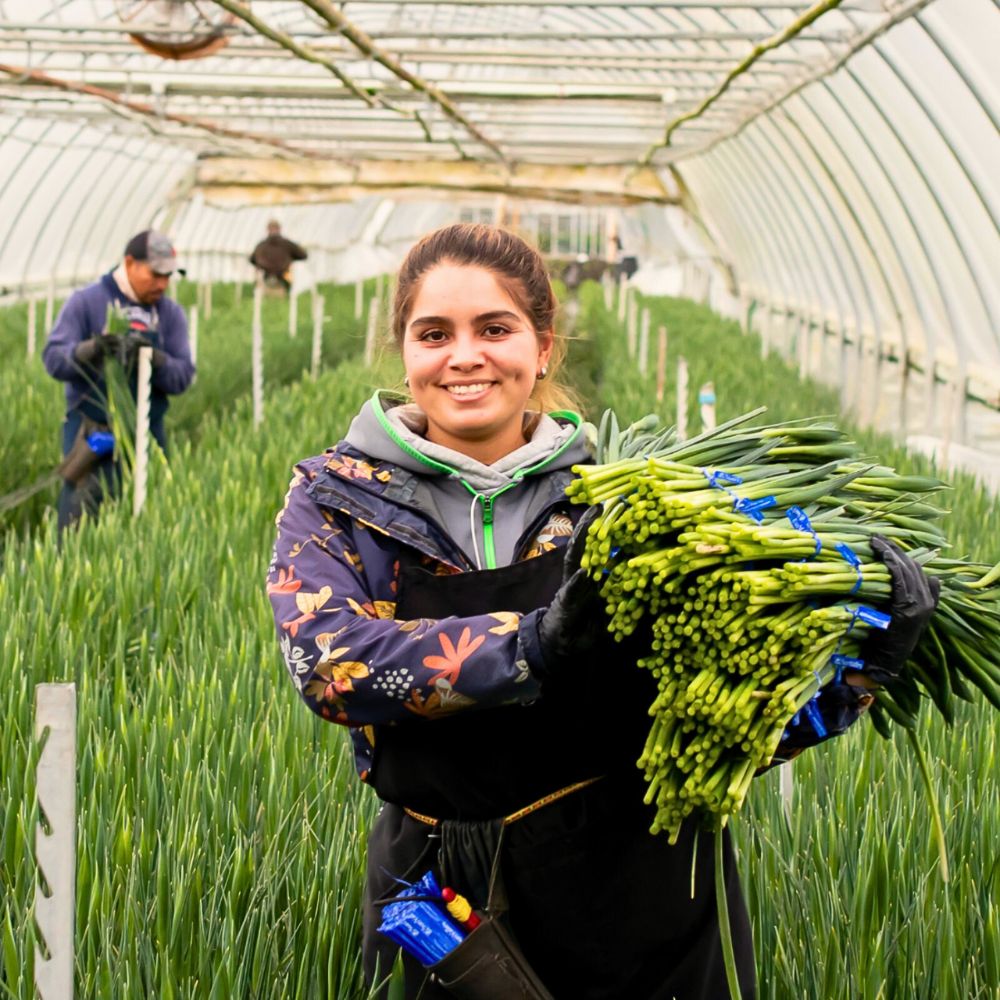
Similar benefits have been observed in bulbous flowers. Research conducted at India’s Odisha University of Agriculture and Technology (OUAT Bhubaneswar) demonstrated that INM practices involving inorganic fertilizer, vermicompost, and biofertilizers (Azospirillum and phosphate-solubilizing bacteria) significantly enhanced flowering and corm production in Gladiolus. The results showed improvements in spike length, rachis length, number of florets per spike, and the number of florets that open at a time compared to conventional fertilization.
Integrated Nutrient Management Implementation Across the Global Floriculture Industry
Practically all key institutions in the flower industry vouch for integrated nutrient management. Florverde Sustainable Flowers, Milieu Programma Sierteelt (MPS), Rainforest Alliance, Kenya Flower Council (KFC), and the Floriculture Sustainability Initiative (FSI) actively promote INM as an important element of sustainable floriculture, doing this through certifications, standards development, resource endowment, and even training.
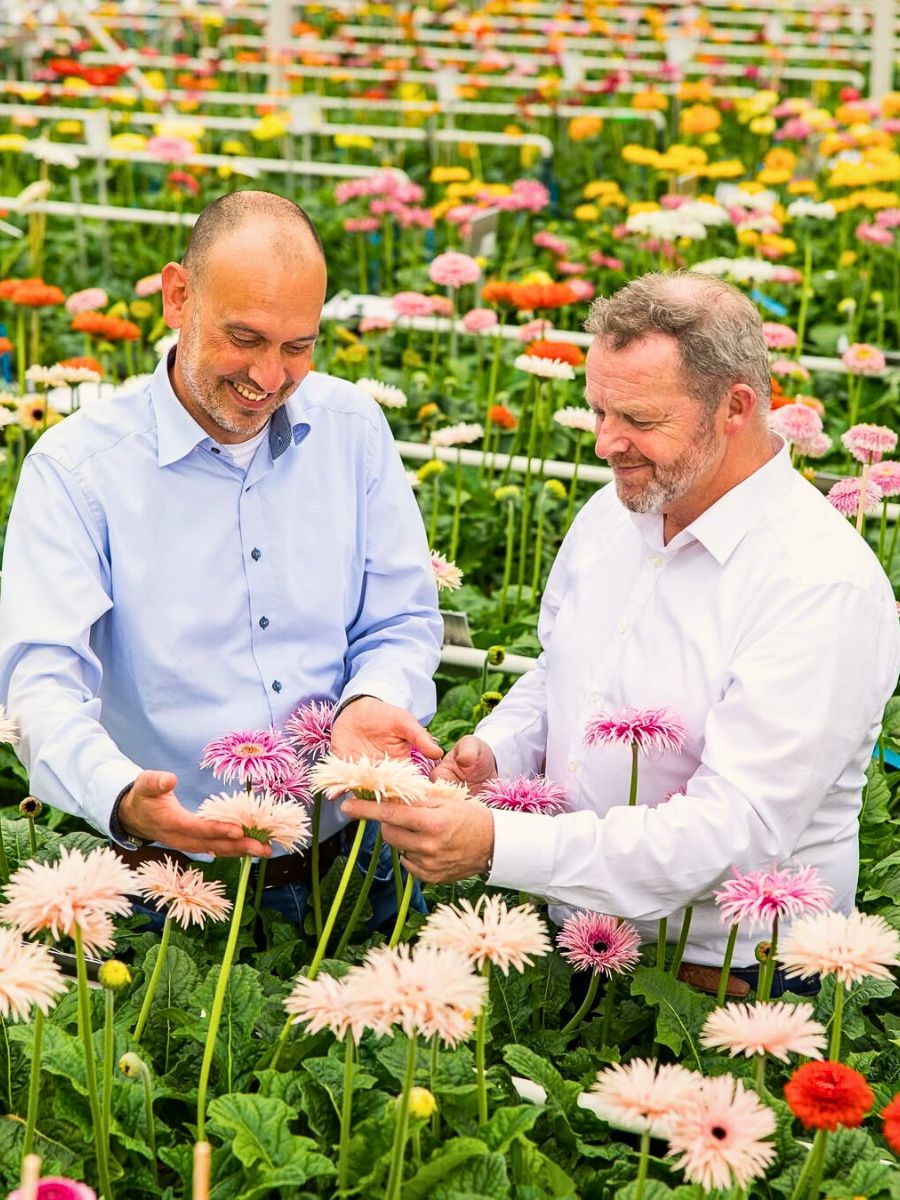
The Florverde Sustainable Flowers certification program has, for instance, seen growers in countries like Colombia and Ecuador, which are major players in the global cut flower trade, integrate nutrient management practices with their broader sustainability goals. This certification guarantees that their flower production adheres to the demanding environmental and social standards, including responsible soil and nutrient management practices.
The certification program establishes comprehensive nutrient management criteria, requiring certified farms to maintain soil organic matter content above 3% through green manure rotations, allocate over 15% of fertilizer budget to slow-release organic sources, and implement mandatory nutrient runoff containment systems. As of 2024, up to 214 Florverde-certified farms had reduced synthetic nitrogen use by 28% compared to 2018 baselines, while increasing vermicompost application rates to 8–10 tons/hectare annually.
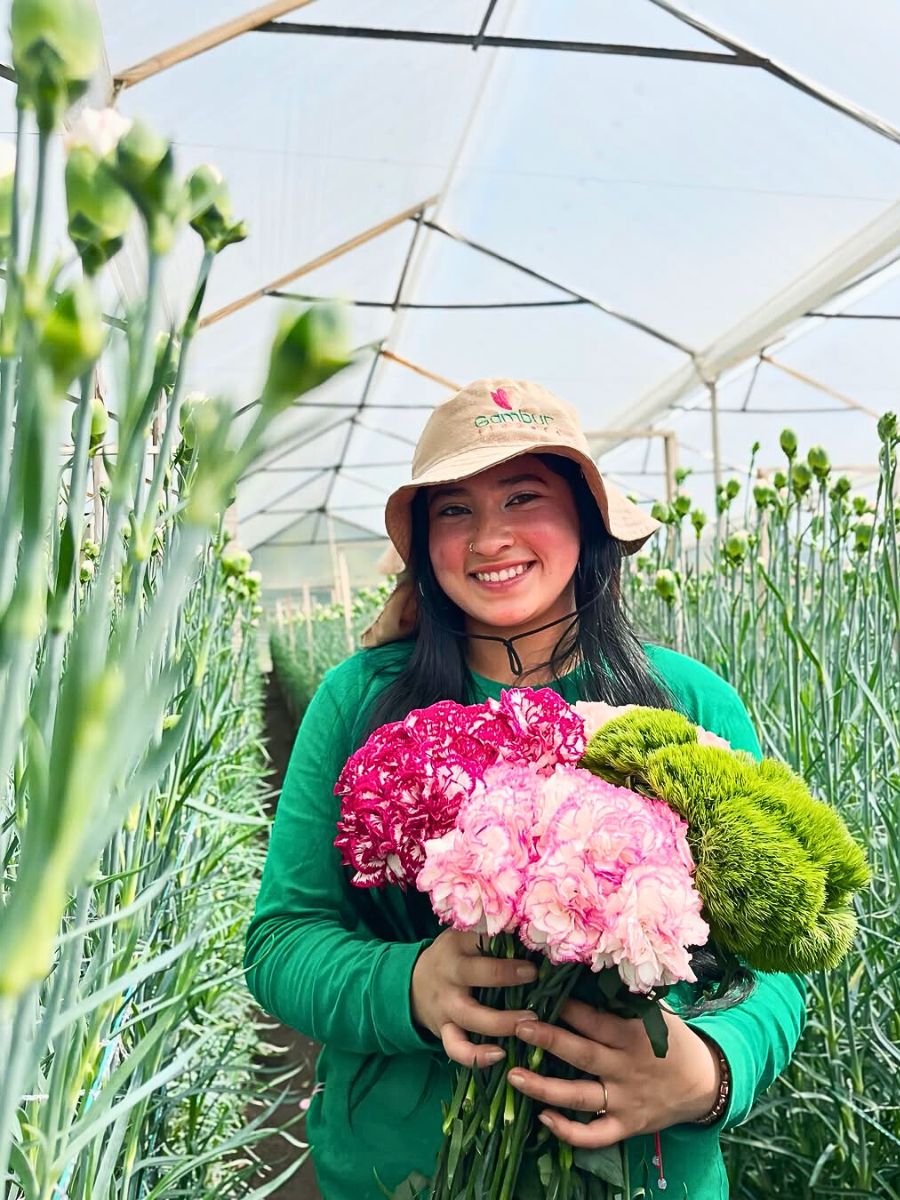
With this certification, production facilities like Innovaflora, based in Tocancipá, Colombia, have been demonstrating the industry's focus on cleaner and more sustainable production approaches, which signifies a key step towards an industry-wide adoption of integrated management practices prioritizing both productivity and environmental management.
Kenya's floriculture sector, a major player in the global cut flower market, has also made significant strides in implementing sustainable practices, including nutrient management. Just like their global peers, KFC, through the Flowers and Ornamentals Sustainability Standard (KFC FOSS or KFC Silver), also emphasizes rigorous nutrient management protocols. Certified farms are required to adopt essentials like soil health assessments, organic matter incorporation, and precision fertilization systems that require specifics like regular soil testing and limiting synthetic fertilizer application. KFC FOSS ensures nutrient-use efficiency while minimizing runoff into critical ecosystems like Lake Naivasha.

Kenyan growers have pioneered the use of microbial inoculants to reduce reliance on chemical inputs. Not only flower growers, but also other farmers integrate mycorrhizal fungi and nitrogen-fixing bacteria into their fertilization regimes. These biologicals enhance phosphorus uptake while improving soil organic carbon levels. By the same token, the integration of digital tools with traditional soil management has reduced compounds like nitrate leaching in surrounding waterways and water systems.
The Dutch floriculture sector, which is one of the leading in innovation, employs several approaches that emphasize INM. Closed hydroponic systems, for instance, optimize nutrient use efficiency by recirculating water in soilless media, allowing growers to minimize nutrient runoff while maintaining precise control over root zone conditions. This approach reduces nitrogen and phosphorus emissions by up to 95% compared to traditional soil-based systems, aligning with national targets for near-zero agricultural emissions by 2027. The integration of real-time nutrient sensors and automated dosing systems also enables dynamic adjustments to fertilizer recipes based on crop uptake patterns, which is particularly crucial for bulbous flowers like tulips and lilies.
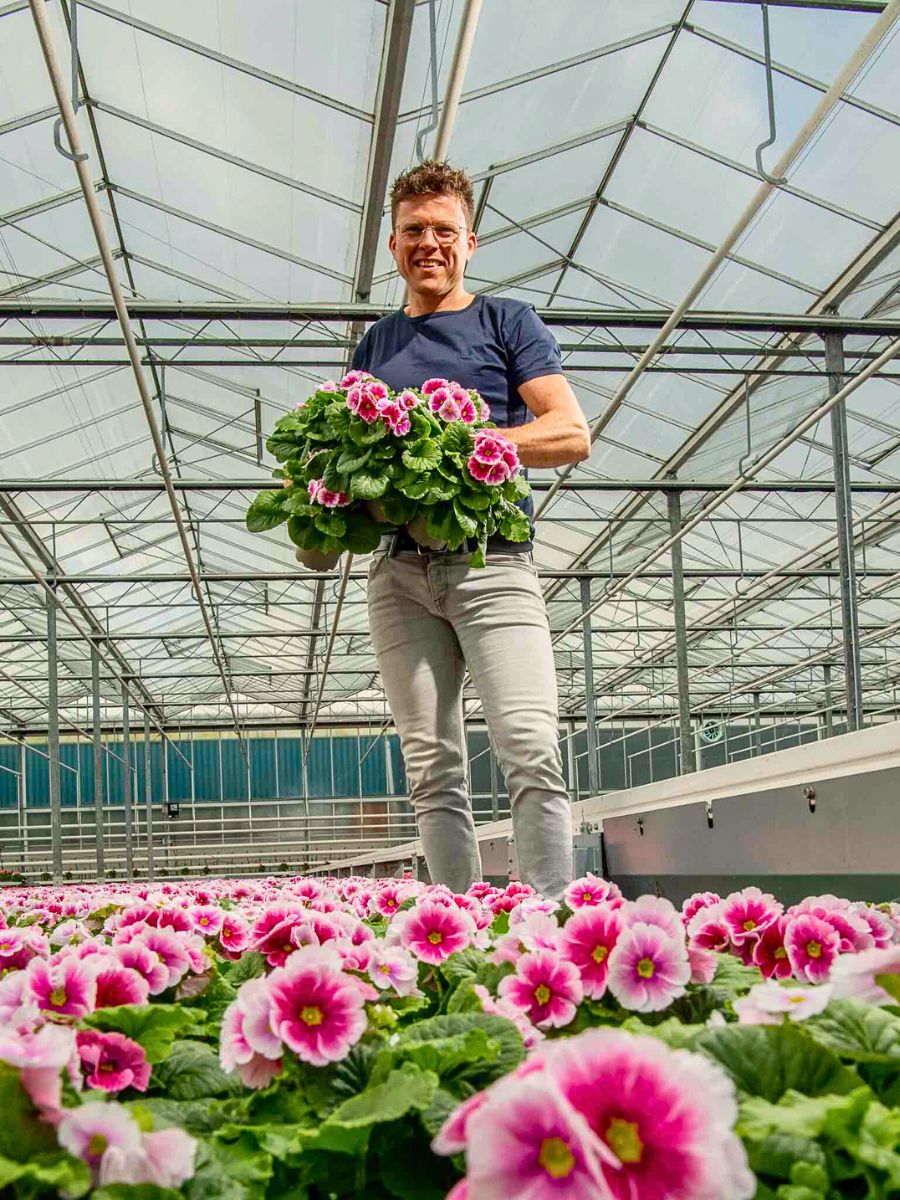
MPS' certification scheme provides a tiered framework for particulars like nutrient management, with MPS-ABC ratings incentivizing progressive reductions in synthetic fertilizer dependency. Member growers demonstrate significantly lower nitrate leaching through strategies like the integrated use of slow-release fertilizers, chitosan-based biostimulants, and mycorrhizal inoculants. The GLOBAL G.A.P. likewise develops this model.
Ethiopian growers also employ soil-specific compost formulations, with highland rose farms applying 6-8 week matured vermicompost rich in humic acids (12-15% CEC) to buffer against pH fluctuations in volcanic soils. The integration of daily fertigation with quarterly compost applications creates layered nutrient availability—immediate macronutrients from soluble fertilizers complemented by slow-release micronutrients from organic matter. The Ethiopian Horticulture Producer Exporters Association (EHPEA) also expedites INM adoption through incentives like farmer field schools, where practices like compost tea brewing and biochar integration are demonstrated. Such programs enable member growers to achieve complete greenhouse waste valorization, significantly reducing reliance on imported fertilizers.
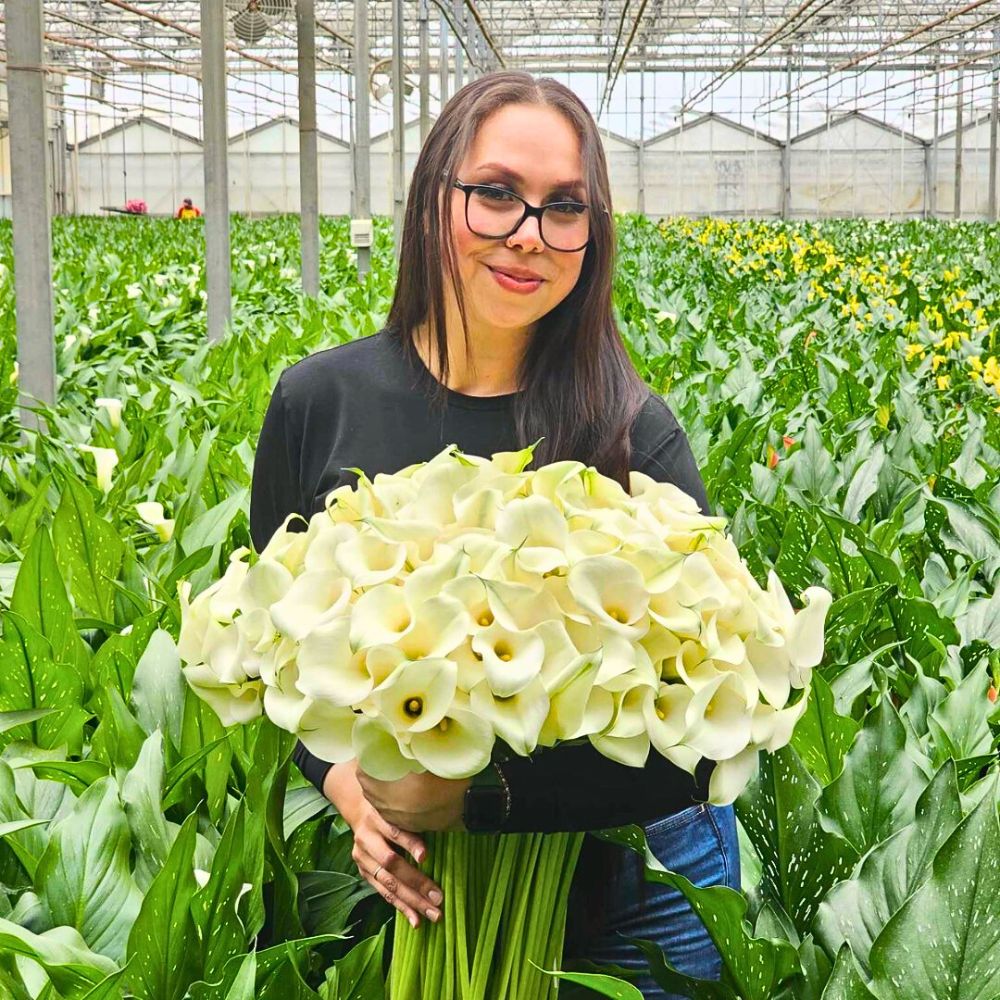
In Ecuador, where, just like other flower-producing nations, the industry faces rigorous market standards, it employs phased INM strategies across crop cycles. Though not limited to this South American country, growers often deploy controlled-release fertilizers (CRFs) in a hybrid approach that maintains flower head size consistency while reducing overall nitrogen inputs compared to conventional programs.
Growers also implement contour-based cultivation with integrated vegetative barriers. Vetiver grass strips planted between flower rows reduce nitrate runoff by 60% through phytoremediation, while their harvested biomass is composted into potassium-rich organic fertilizer. The practice has increased soil aggregate stability by 35% in erosion-prone regions.
Advanced irrigation scheduling tied to leaf tissue analysis also allows growers to maintain optimal electrical conductivity levels (1.8-2.2 dS/m) in root zones by coupling drip fertigation with foliar applications. Generally, growers achieve significant nutrient uptake efficiency for essential elements like boron in high-pH soils

Benefits of Integrated Nutrient Management for Sustainable Floriculture
Integrated nutrient management has numerous benefits for a sustainable flower industry. The approach, for starters, helps maintain and improve soil physical, chemical, and biological properties. The combination of organic amendments and cautious use of inorganic fertilizers enhances soil structure, water-holding capacity, and microbial activity. For flowers, which often require well-structured soils with good drainage and aeration, these improvements in soil physical properties mean better root development and overall plant vigor.
Since it combines different nutrient sources, INM improves the efficiency of nutrient use by plants. While chemical fertilizers provide readily available nutrients to meet immediate crop needs, organic sources release nutrients gradually, ensuring sustained availability throughout the crop cycle. This balanced approach prevents nutrient losses through leaching, runoff, or volatilization, thus reducing environmental pollution and conserving resources.
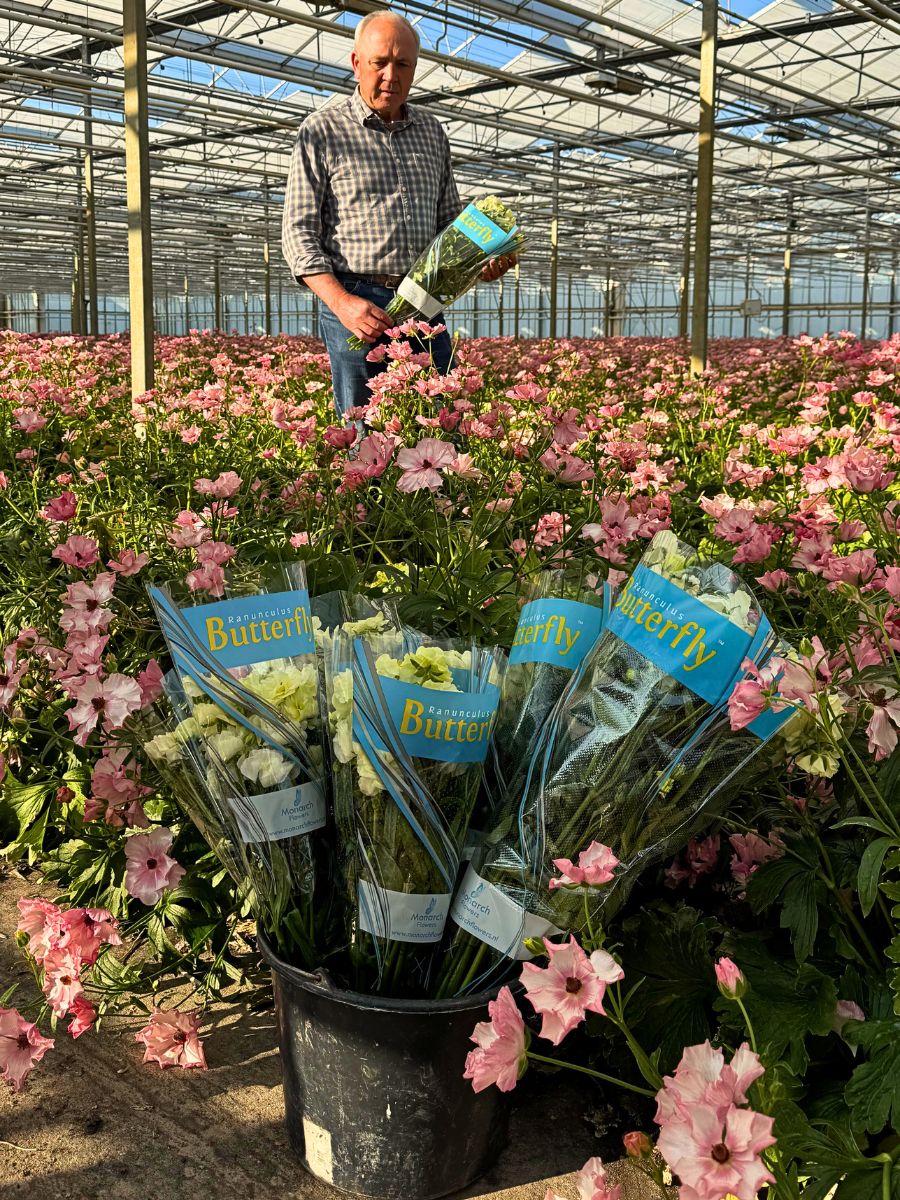
The balanced nutrition provided by INM approaches translates to superior flower quality. Research has shown that INM can enhance various quality parameters in flower crops, including stem length, flower size, vase life, and fragrance. These quality improvements directly impact market value and consumer satisfaction, providing economic incentives for farmers to adopt sustainable practices.
INM’s line of reducing reliance on synthetic fertilizers and promoting the recycling of organic waste also contributes significantly to environmental conservation. The approach helps minimize greenhouse gas emissions, reduce water pollution from fertilizer runoff, and conserve finite resources like phosphate rock. For the floriculture industry, which always faces scrutiny regarding its environmental footprint, this represents significant value propositions.
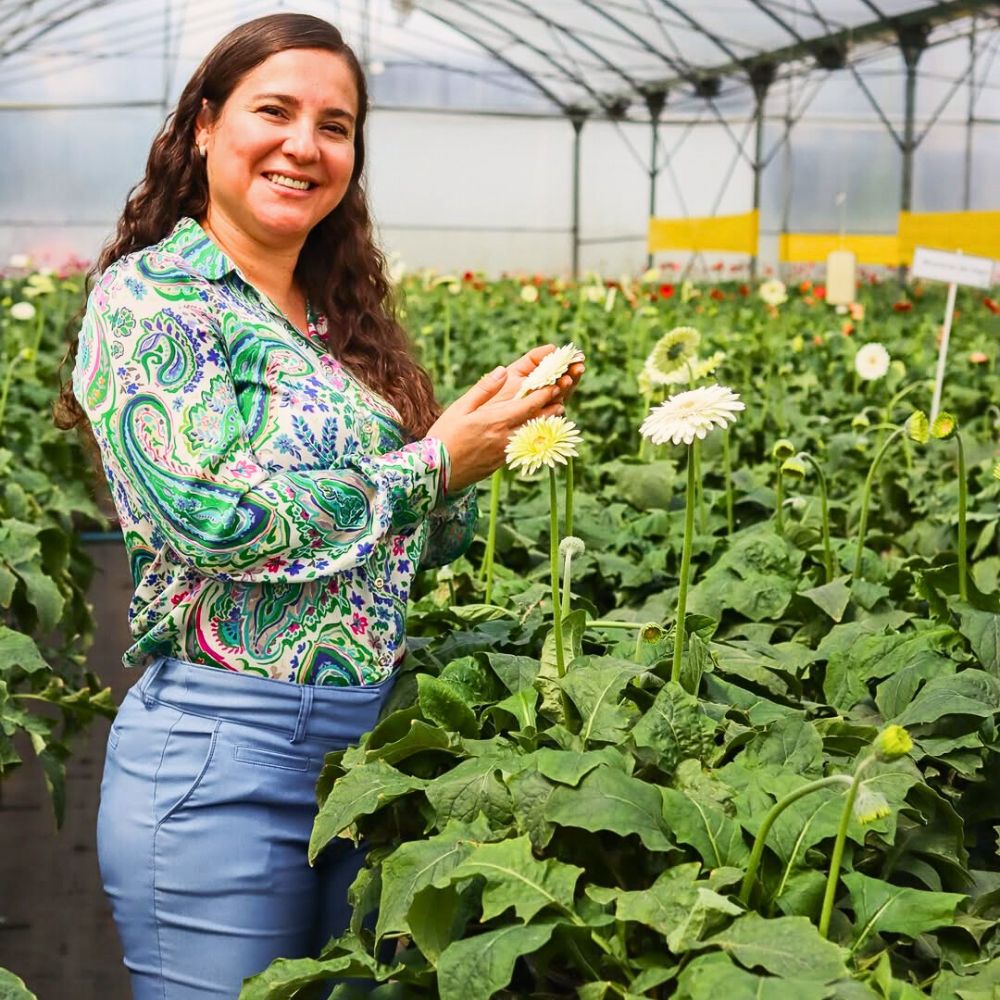
Furthermore, the diversification of nutrient sources under INM reduces growers' reliance on purchased inputs, thus lowering production costs and enhancing economic resilience. This aspect is particularly important for small-scale flower growers in developing countries, who often struggle with chemical fertilizers’ high costs and price instability.
Feature image by @schreursrosesandgerbera, header image by Benev Flora.

